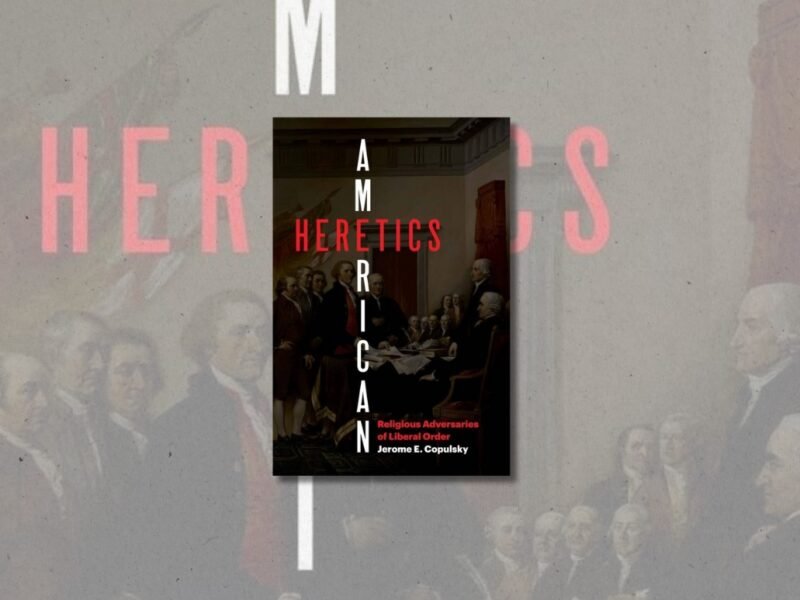Meeting God in Paul: Reflections for the Season of Lent. By Rowan Williams. Louisville, KY: Westminster John Knox Press, 2015. 96pp. $12.00 (paper).
Archbishop Williams originally prepared the material in this book for a series of Lenten lectures. The audience of this book is primarily the layman. This is a departure from Williams’ usual writing and represents him at his most accessible. Williams maintains a tight focus in this book and makes his points succinctly.
In the Introduction Williams remarks, “Paul’s world remains a closed book for so many regular churchgoers” (ix). It is thus his purpose to discuss the person of Paul, the context in which he wrote, and how this might influence our apprehension of the texts. He takes a high view of Scripture and accepts that the Pauline epistles really do represent the teachings of the apostle Paul. This book also represents Williams laboring to be a pastor and find applications for the churchgoer’s life. He seeks to find most of his application for the material in how Christians pray but also in how they live in community.
Williams has divided the material into three chapters with two appendices. The first appendix is a series of questions for small group reflection. There are five for each chapter, fifteen altogether. They are a mixed bag: some are fairly pointless and others are thought-provoking. The second appendix is a Lenten reading plan supplying a substantial reading from a Pauline epistle for each day of Lent, excepting Sundays. These are accompanied by a Sunday reflection and a prayer or two of Williams’ own composition. Nearly all of the Scripture quotations in the book are Williams’ own translations.
The first chapter of the book discusses Paul’s social world. Williams reflects on Paul the Roman citizen, the Jew, and the man. It is his contention that Paul, as a Roman citizen, is particularly suited among the apostles to undertake the missionary tours which compose the majority of the narrative in Acts of the Apostles. Williams’ final point in this chapter is that religion did not have the same character in the ancient world as it does in ours. He argues that even Judaism was more of an ethnicity than a religion and that, generally, religion was not systematic. Religion was more something one did than a set of codified beliefs.
The second chapter discusses “Paul’s disturbing idea.” Williams chooses to denote this idea as the “universal welcome.” That is to say, there is no caste system in Christianity: anyone can be a Christian. This inaugurates a new type of freedom, and yet it is different in character from civil freedom—it is a freedom to choose one’s allegiance but it represents a choice to place oneself in bondage to Christ and his body. Williams makes a strong case for retaining the word “slave” in the New Testament, as opposed to the decision of some recent translations to blunt the force of the word by substituting “servant.” It is in this chapter that Williams chooses to reflect on the atonement for a few pages. The key to understanding the atonement, writes Williams, is that “God’s mind is oriented towards forgiveness” (51).
The third chapter discusses Paul’s Christian universe. Williams labors to establish Jesus as our representation of the image and glory of God: “He must in some sense stand above and beyond the categories of the law of Moses…. What is it that now has to change in the way we think about God?” (63) It is Williams’ contention that “everything makes sense because of Jesus” (66): the universe, the atonement, the church, everything. We now carry the image of God in us and this is reflected in the Christian’s experience of prayer. Likewise, because we have been inaugurated into the life of God, we are in some sense living in the new creation and getting a foretaste of heaven. Here Williams has embraced an “already, not yet” eschatology as a source of strength and comfort for the Christian.
The lesson text of this book is contained within the first 85 pages. It is a quick read and could be read in a single sitting. If this is to be used in a small group context, Williams has given the leader little indication of where the sessions should logically break down. Thus, the leader would have to read the book in advance and make his own decisions about where to stop week by week. However, Williams has clearly marked subsections that substantially work with one or two of the Pauline epistles to follow an argument. These are usually 3–4 pages long, a five-minute read. Counting the Introduction, there are twelve.
I think this book is more suited to use as a daily devotional, a brief reflection or meditation to accompany one’s prayers. I enjoyed it for its accessibility. At the same time it is contemplative and I picked up on a methodical progression through portions of the epistles in the subsections, as described above.
Shannon Ramey
Hampton, Virginia






'Book Review: “Meeting God in Paul: Reflections for the Season of Lent”' has no comments
Be the first to comment this post!